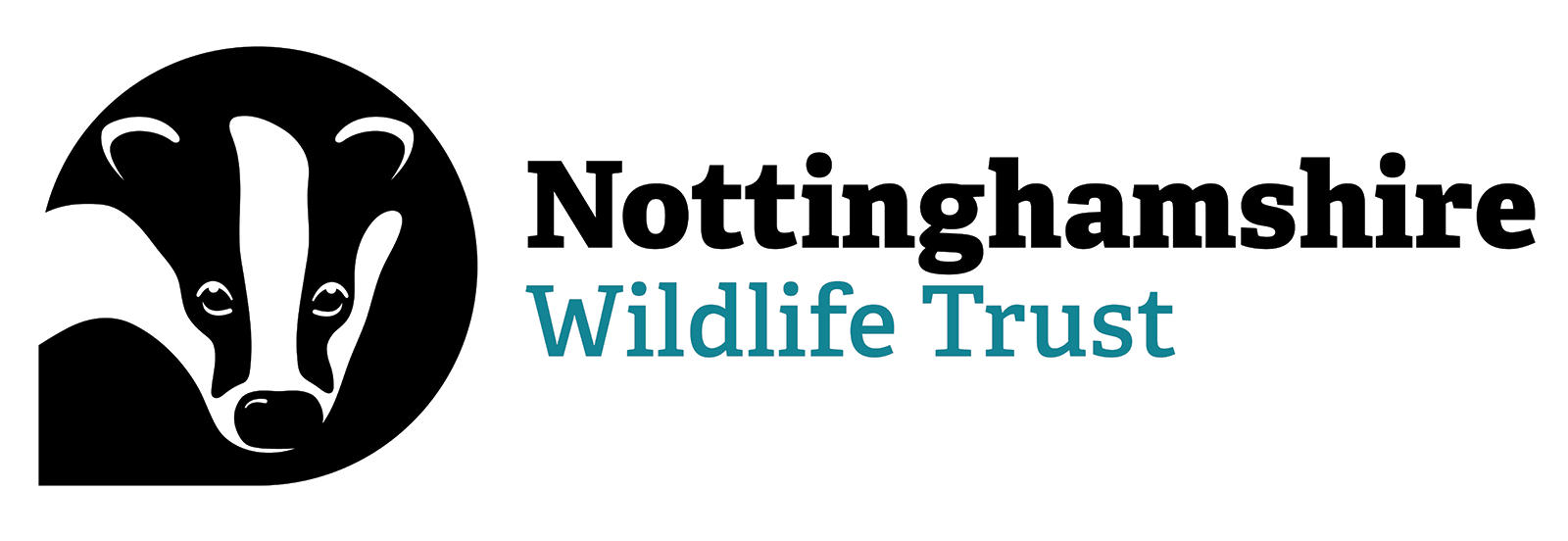Our Reserves Rangers Miriam and AJ, along with a team of dedicated volunteers, carrying out the first hay cut of the year at Skylarks Nature Reserve. - Photo © Megan McKay
Making hay while the sun shines!
Meadow management and haymaking is no mean feat!
First, Miriam, AJ and the team needed to remove common ragwort from the meadow, since this plant is harmful to livestock. Using their botanical skills, they identified the ragwort and removed it by hand to ensure it didn’t make its way into finished hay bales.
Then, Miriam, AJ and the team got to work on cutting. Although it may feel counterintuitive (and perhaps even a bit upsetting) to see a field of wildflowers cut down whilst some species are still in flower, it’s essential to do this work so that we can help them bloom the following year. Without this intervention, unruly plants and grasses would smother any future wildflower growth.
On a reserve like Skylarks, the team use traditional tools like scythes, rakes and forks. The work of cutting the grasses and flowers, then raking them, is like a carefully choregraphed dance. The group form a line, then set off incrementally. This gradual succession means that there’s enough space between people to reduce risk of injury, as well as allows the group to manage the site without missing a spot.
The cut grasses and flowers are then turned and raked to dry out in a process known as “tedding”. In fair conditions, with some raking and turning in between, this should only take a few days.
Skylarks hay cut (https://youtu.be/Otky8ZLy7H0)
Megan McKay
However, the so far wet summer of 2024 means that managing meadows and grasslands at reserves like Skylarks is more challenging than ever. Wet weather not only means fewer opportunities to cut the grasses in the first place, but baling damp hay can also create a chemical reaction that results in spontaneous combustion.
We’re hopeful that conditions stay dry so that we can bale the grasses into hay, not least because any we are able to produce will go towards supporting Nottinghamshire Wildlife Trust’s herd and flock of nature grazers (Longhorn and Lincoln Red cattle, and Herdwick and Hebridean sheep) in colder, wetter months.
These same grazers will help meadows to bloom next year by working across grassland reserves, keeping scrub back and treading in the wildflower seed, in a sustainable cycle of reserve management.
This essential work is only made possible with your support. On behalf of the team at Skylarks, a big thank you to everyone who has already donated to our Meadows Fundraising Appeal.
Skylarks hay cut (https://youtu.be/CIxL-Wkuc4w)
Megan McKay
Help us keep protecting our meadows
If you’re able to, please do consider donating today to ensure the future of Nottinghamshire’s meadows.

